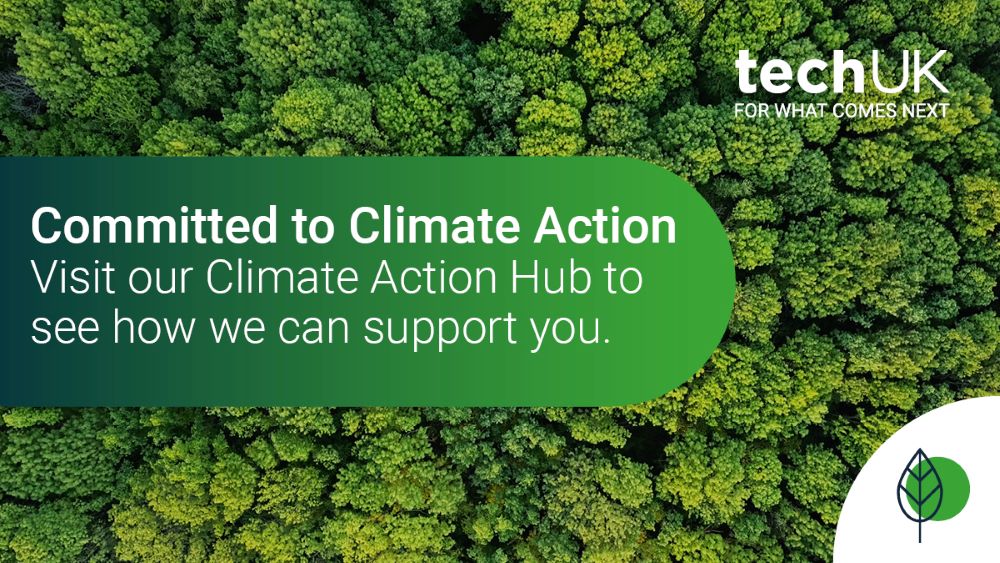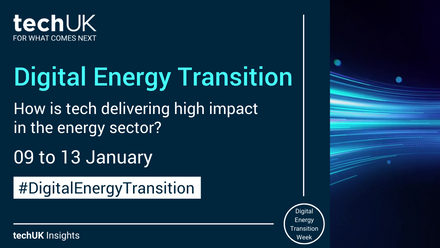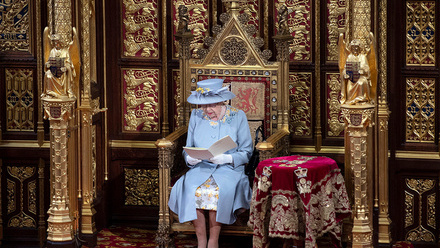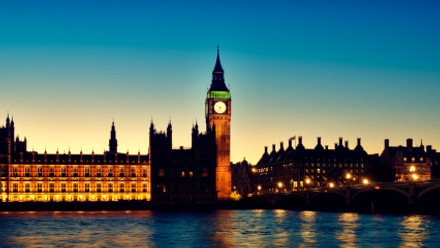The Energy Security Strategy
Today government has published its plans for Britain’s energy independence – The energy security strategy.
- The Prime Minister’s plan boosts Britain’s energy security following rising global energy prices and volatility in international markets
- bold new commitments to supercharge clean energy and accelerate deployment, which could see 95% of Great Britain’s electricity set to be low carbon by 2030
- ambitious, quicker expansion of nuclear, wind, solar, hydrogen, oil and gas, including delivering the equivalent to one nuclear reactor a year instead of one a decade
- over 40,000 more jobs in clean industries to be supported thanks to measures, totalling 480,000 jobs by 2030
The government has stated that overall, the plan could see 95 per cent of Great Britain's electricity provided from low carbon sources by 2030, while also supporting over 40,000 more jobs in clean industries.
Nuclear and offshore wind industries are central, with the Strategy proposing a series of reforms designed to accelerate development, but some controversial areas such as shale gas might be an issue.
A new ambition is set to develop up to 24GW of nuclear capacity by 2050, delivering around a quarter of anticipated power demand. To help stimulate the development the government is to launch a dedicated new body, dubbed Great British Nuclear, which will be backed by "substantial funding" and tasked with bringing forward new projects with immediate effect. A new £120m Future Nuclear Enabling Fund will be set-up this month and will continue to work to progress a series of new projects, including small modular reactor projects.
The Strategy promises to deliver 50GW of offshore wind capacity by 2030, including up to 5GW of new floating wind turbine capacity. This is a 10GW increase in comparison to the previous 2030 goal, which also did not include floating capacity. The new targets are set to be backed by a series of planning reforms designed to shorten the time it takes for developers to secure consent for offshore wind projects.
A licensing round for new North Sea oil and gas projects planned to launch in Autumn was also announced, with a new taskforce providing bespoke support to new developments. This is a potentially controversial move by government, stating that UK oil and gas has a lower carbon footprint than imported from abroad.
The Strategy announced a Heat Pump Investment Accelerator Competition to take place in 2022, worth up to £30 million, to make British heat pumps, reducing demand for gas.
The UK’s existing 14GW of solar capacity will be increased which could grow up to 5 times by 2035, consulting on the rules for solar projects, particularly on domestic and commercial rooftops.
Government also will aim to double the ambition for low carbon hydrogen production capacity by 2030.
The Strategy also emphasises the importance of matching supply and demand to minimise costs and increase efficiency. A locally responsive system aims to bring down costs by up to £10 billion a year by 2050. Details include:
- Already announced yesterday - the Future System Operator as soon as practicable to drive overall transition and oversee the UK energy system.
- Publish a strategic framework this year with Ofgem for how networks will deliver net zero appointing an Electricity Networks Commissioner to advise Government on policies and regulatory changes.
- Set out a blueprint for the whole system by the end of 2022 in the Holistic Network Design
- (HND) and Centralised Strategic Network Plan (CSNP). The HND will identify strategic infrastructure needed to deliver offshore wind by 2030. Certain infrastructure identified in the HND and CSNP will be exempt from the introduction of onshore network competition.
- Update the National Policy Statements to recognise these blueprints in the planning system, increasing certainty for the planning inspectorate, developers and other stakeholders, and speeding up delivery.
- Ensure Ofgem expedites its approvals process to build networks in anticipation of major new sources of generation and demand.
- The Government will set out the importance of strategic network investment in its forthcoming Strategy and Policy Statement for Ofgem.
- Work with developers and the supply chain to increase pipeline visibility and certainty to help accelerate procurement timelines.
- Work with Ofgem to speed up connections to the local distribution networks.
- Reduce timelines for delivering strategic onshore transmission network infrastructure by around three years.
- Work with Ofgem, network operators and the supply chain to find further savings, for example in the procurement, manufacture and construction stages. Overall, the Government aspires to halve the end-to-end process by the mid-2020s.
- Ensure that local communities can benefit from development of onshore infrastructure in their area by consulting on community benefit options.
- Launch an Offshore Coordination Support Scheme which will de-risk delivery of well-advanced offshore wind projects.
In the aim of ensuring a more flexible, efficient system for both generators and users, the Government plans to:
- Encourage all forms of flexibility with sufficient large-scale, long-duration electricity storage to balance the overall system by developing appropriate policy to enable investment.
- Ensure consideration is given to the siting of hydrogen electrolysers to best use surplus low carbon electricity and reduce network constraints.
- Undertake a comprehensive Review of Electricity Market Arrangements (REMA) in Great Britain, with high-level options for reform set out this summer.
- Ensure the UK has a retail market fit for purpose by joining REMA up with the ongoing retail review so that consumers fully benefit, setting out plans before the next price cap period.
- Introduce more flexible pricing, through Time of Use tariffs and battery storage through electric vehicles.
- Ensure all new homes are designed so that smart meters can be fitted from the outset, in advance of the Future Homes and Building Standards by 2024.
Teodora Kaneva, Head of Smart Infrastructure and Systems says:
"We welcome government’s intention to create a stronger and more flexibile energy system. Barriers for adoption for areas of large infrastructure projects is being reconsidered as well as increased supply of renewable and low carbon generation.
The strategy however lacks any mention of digital technology as an accelerator for matching supply to demand. We would have wished to see more ambition on accelerating digitalisation of the system to deliver a more flexible, affordable, and decarbonised system which will provide the consumer with better choice for the future. We must consider the UK’s potential of full integration of energy market design and operation enabled by digital and data.
More collaboration with the digital tech sector is needed to help the sector innovate and deliver its desired outcome. This also requires smart energy systems that are integrated across sectors, such as transport and the built environment, taking a systems approach and supporting the levelling up agenda."

Teodora Kaneva
Teodora’s rich background varies from working in business development for a renewable energy lobbying association in Brussels to the fast moving technology innovation startup scene in the UK.
techUK - Committed to Climate Action
Digital transformation is critical to the decarbonisation journey of organisations in every sector. Across supply chains and sectors, industries are converging with tech partners to find innovations that reduce carbon emissions and unlock efficiencies that drive down energy use. techUK focuses on the application of emerging technologies and data-driven decision making in traditional forms of infrastructure to deliver innovative environmental outcomes. For more information on our Climate, Environment and Sustainability Programme, please visit our Climate Action Hub and click ‘contact us’.









